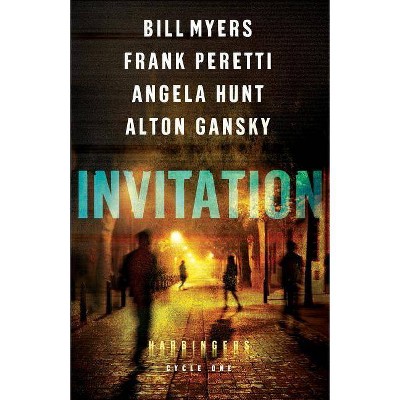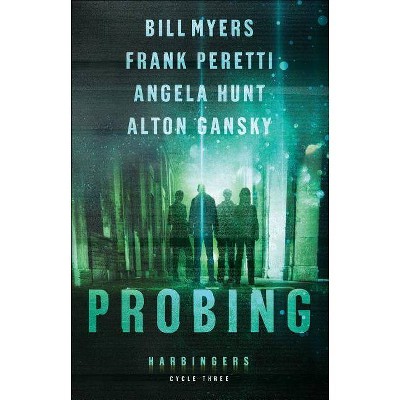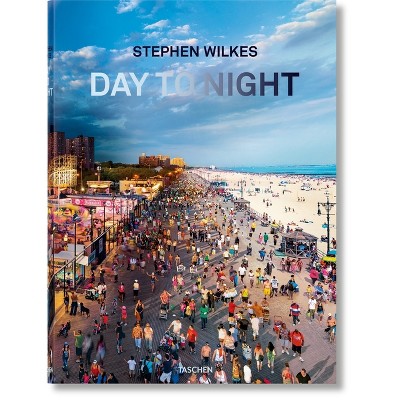All a Blur - by Bill Armstrong & Lyle Rexer & A D Coleman & Katherine Ware & Bill Hunt (Hardcover)

About this item
Highlights
- The luminous work of Bill Armstrong has long stretched the boundaries and expectations of contemporary photography.
- Author(s): Bill Armstrong & Lyle Rexer & A D Coleman & Katherine Ware & Bill Hunt
- 336 Pages
- Photography, Individual Photographers
Description
Book Synopsis
The luminous work of Bill Armstrong has long stretched the boundaries and expectations of contemporary photography.
In his exploration and subversion of the objectivity and precision that have distinguished photography among the visual arts, Armstrong foregrounds qualities that photographers have been attempting to exploit since the early twentieth century: focus and color.
All A Blur showcases Mr. Armstrong's Infinity series, an ongoing project he has been working on for over twenty-five years. The book presents twenty-one portfolios made using his unique process of photographing collages of appropriated images extremely out of focus or distorted by handheld time exposures. The variety of subjects and results is so broad it has been said he has developed a medium of his own invention at the intersection of photography, painting and collage. With mysterious and poetic images that reflect on history, religion and identity, Armstrong conjures a unique alternate reality that might exist in dreams, in memory, or in a parallel universe. At the same time, the subject of the work is color. Taking away focus, Armstrong investigates the qualities and effects of pure color in a profound way, freed from the limits of representation.
Review Quotes
"Over the last 25 years, Bill Armstrong has pioneered the unique approach of blurring appropriated images--a medium at the intersection of photography, painting and collage. All a Blur presents some 300 pulsating color images that offer alternate visions of history, religion, and identity. Armstrong's mysterious and poetic photographs range from falling figures sourced from the Renaissance to vibrating color spheres akin to Buddhist mandalas--all transformed into hypnotic visual objects.
Armstrong foregrounds qualities that photographers have been attempting to exploit since the early twentieth century: focus and color. He is deeply engaged with exploring the implications, meanings, and aesthetics of blur, and he has made color the subject of optical, perceptual and emotional investigation as Albers had done in painting. His work has dramatically expanded the repertoire of arrested gazing and encouraged viewers to use photographs in unexpected ways: as meditational instruments, as sublime forms of nothing, and as pathways to heightened awareness."--Lyle Rexer











